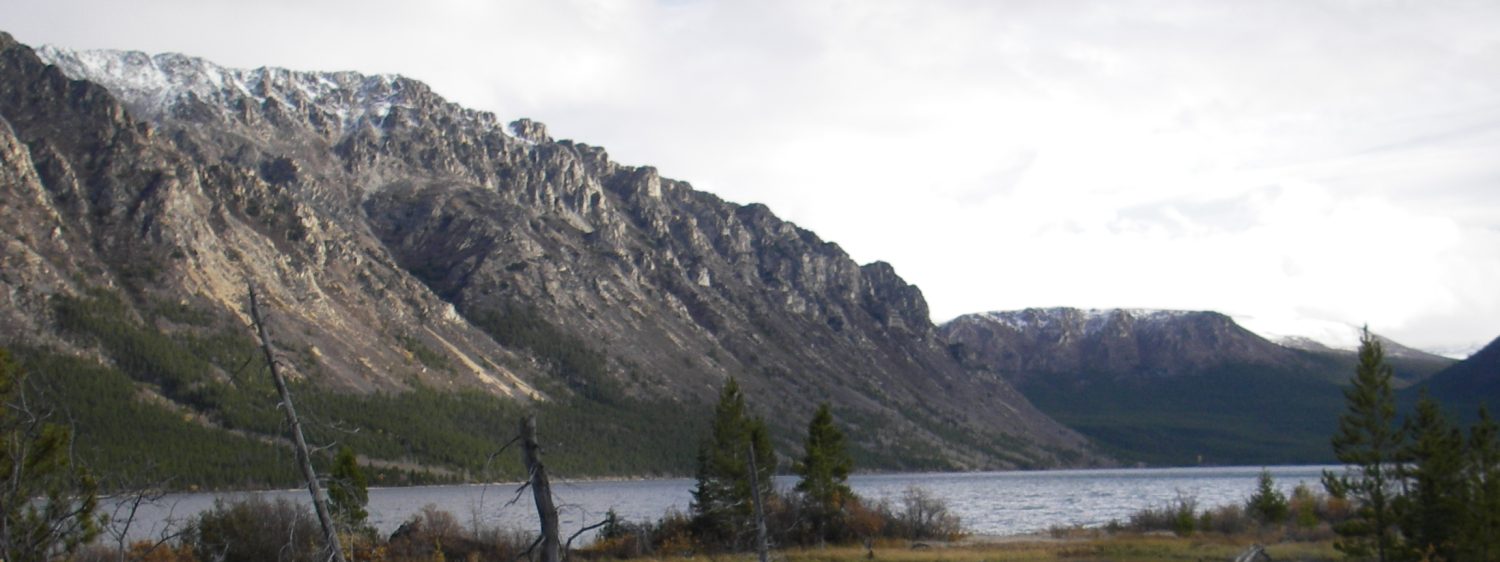The BC Province has enacted riparian areas legislation that directs Local Governments to protect riparian habitats during urban and rural development. This directive is enforced by the Ministry of Forests, Lands, Natural Resource Operations, and Rural Development (FLNRORD) through the Riparian Areas Protection Act and Regulation.
Riparian Areas Protection Act and Regulation
The Fish Protection Act was re-titled the Riparian Areas Protection Act (RAPA) in 2016. The Riparian Areas Protection Act focuses on four major objectives:
- Ensuring sufficient water for fish;
- Protection and restoration of fish habitat;
- Improved riparian protection and enhancement; and
- Stronger local government powers in environmental planning.
The former Riparian Areas Regulation (RAR) was amended by the Government of BC, with the amendments coming into force on November 1, 2019 as the Riparian Areas Protection Regulation (RAPR). The RAPR (under RAPA) is a directive by the Province that requires that local governments protect riparian areas during residential, commercial, and industrial development. The Fish and Aquatic Habitat Branch of the Ministry of Forests, Lands, Natural Resource Operations, and Rural Development (FLNRORD) leads the RAPR process. The purpose of the RAPR is to protect riparian-area features that border onto streams, lakes and wetlands, to maintain stream health and productivity, including:
- Sources of large organic debris, such as fallen trees/tree roots;
- Areas for stream channel migration;
- Vegetative cover to help moderate water temperature;
- Provision of food, nutrients and organic matter to the stream;
- Stream bank stabilization; and,
- Buffers for streams from excessive silt and surface runoff pollution.
The RAPR functions in a Professional Reliance model with a prescriptive, repeatable assessment methodology that supports permitting for residential, commercial and industrial developments. Prior to the start of a project near a stream or riparian habitat, The RAPR requires that a Qualified Environmental Professional (QEP) conduct a (simple or detailed) riparian assessment to describe the Features, Functions and Conditions that contribute to fish habitat, including the riparian vegetation. The RAPR assessment establishes a Streamside Protection and Enhancement Area (SPEA) and the required SPEA setbacks. The RAPR provides a riparian protection standard to protect the SPEA and avoid development within the SPEA.
The new RAPR is intended to provide improved oversight for the Ministry, incorporate training requirements for QEPs, and provide additional detail and rigour in the application of regulatory standards.
Copyright John Black 2019. All rights reserved.
